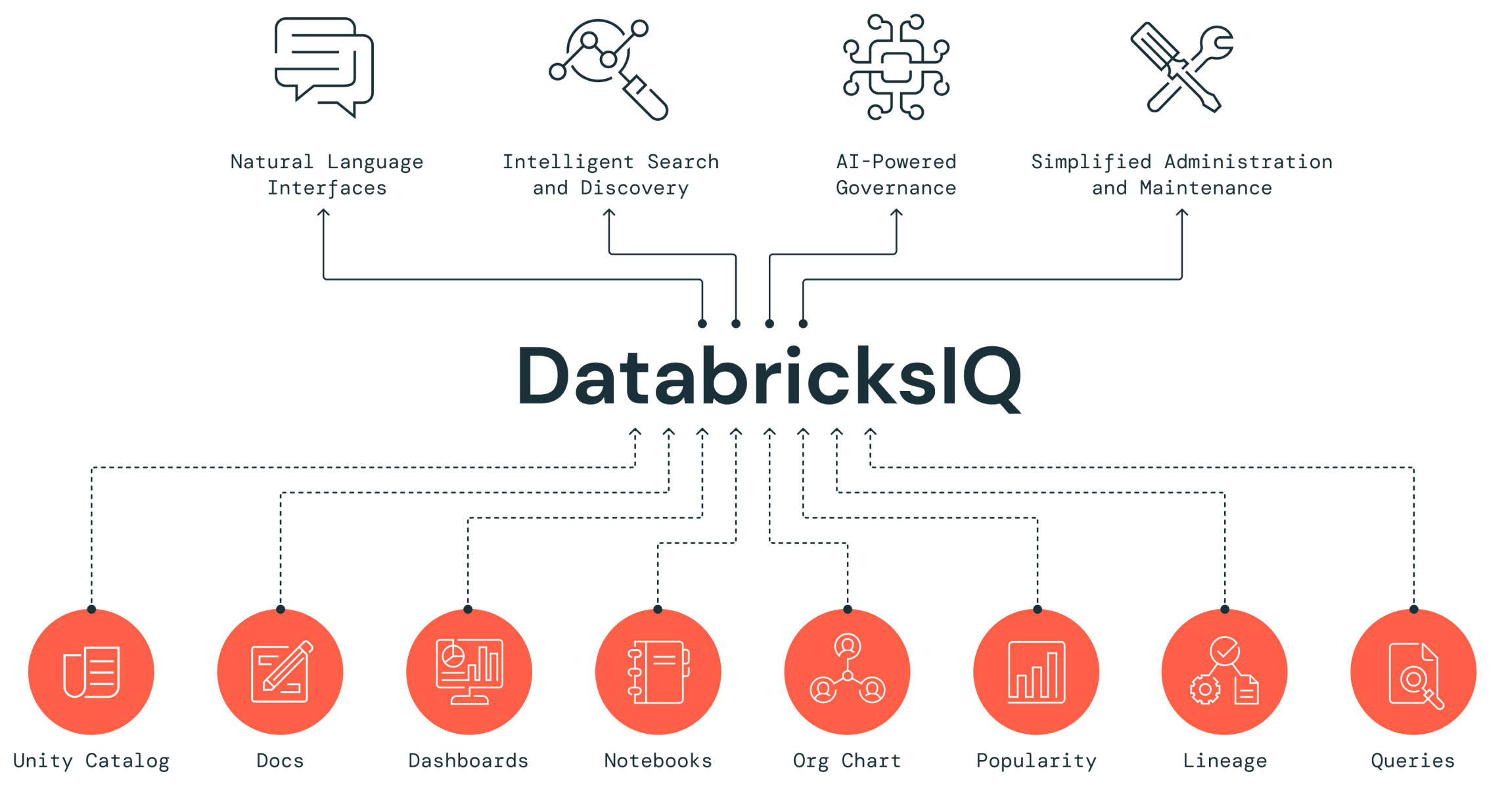Accelerate SAS to Databricks Self-Service. On-Premise. Parser + AI-Powered Automation 🚀
Datasheet

Convert your legacy scripts, macros, data steps, and SQL queries into Databricks. Migrate 100,000 lines of code in 10 minutes!





SAS2PY automates the conversion of legacy systems like SAS, SQL, and ETL workflows into Databricks-native formats. It delivers faster, more accurate migrations at significantly lower costs.
SAS2PY accelerates migration timelines by up to 10X, reducing the process from months to weeks. For example, it can convert 100,000 lines of code in just 10 minutes.
Absolutely! SAS2PY is built for scalability, handling enterprise-scale migrations with millions of rows of data while maintaining accuracy.
Our platform uses advanced data matching techniques like row-by-row validation, hash comparisons, and aggregate checks to ensure 100% data consistency.
Want to see how it works? Book a demo!
Yes! SAS2PY eliminates costly legacy software licensing fees and reduces migration expenses by up to 75%.
SAS2PY automates validation at every stage—pre-migration, during migration, and post-migration—to guarantee data integrity.
Manual migration is slow, error-prone, and resource-intensive. SAS2PY automates the process, delivering faster, more accurate results while reducing costs.
SAS2PY redirects all data operations to Delta tables, offering enhanced performance and consistency with ACID compliance.
Absolutely! SAS2PY seamlessly integrates into your current workflows and Databrick environment.
SAS2PY automates ETL migrations to Databricks by converting workflows into PySpark pipelines optimized for Delta Lake. It supports both push (direct deployment to Databricks) and pull (API-driven conversion from storage like S3) models. Additionally, SAS2PY ensures accuracy through automated validation and performance optimization tailored for Databricks' scalability.
Yes! Your data never leaves your network.
Yes, SAS2PY converts legacy machine learning models into MLFlow-compatible formats for seamless integration into Databricks. It supports model tracking, experimentation, and deployment, ensuring end-to-end functionality in Databricks' Lakehouse platform. This allows businesses to modernize and scale their AI/ML workflows efficiently.
SAS2PY uses rule-based reconciliation and anomaly detection to resolve mismatches automatically, ensuring a smooth transition.
SAS2PY offers unparalleled automation, speed, and accuracy, transforming legacy systems into Databricks-native formats up to 10x faster. It provides advanced features like Delta Lake integration, PySpark optimization, and MLFlow instrumentation, ensuring a comprehensive migration process. With SAS2PY, businesses save up to 70% in costs while maintaining data integrity and scalability.


